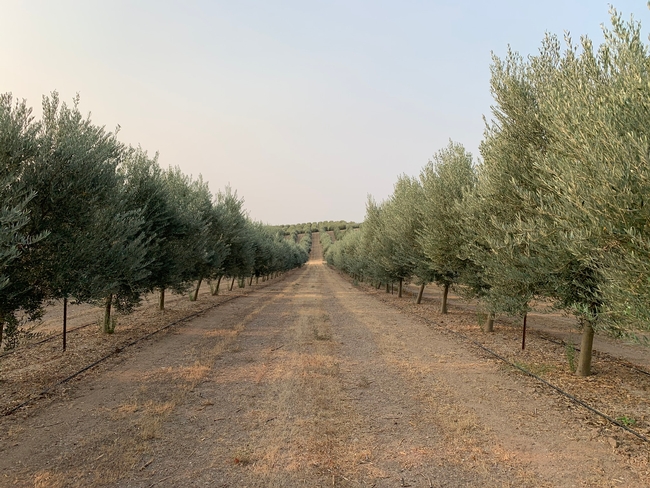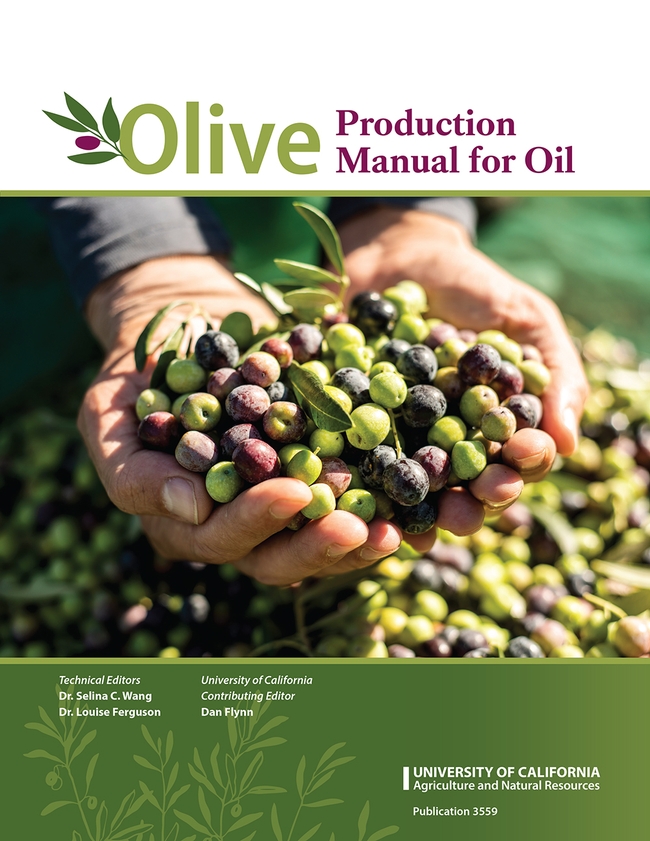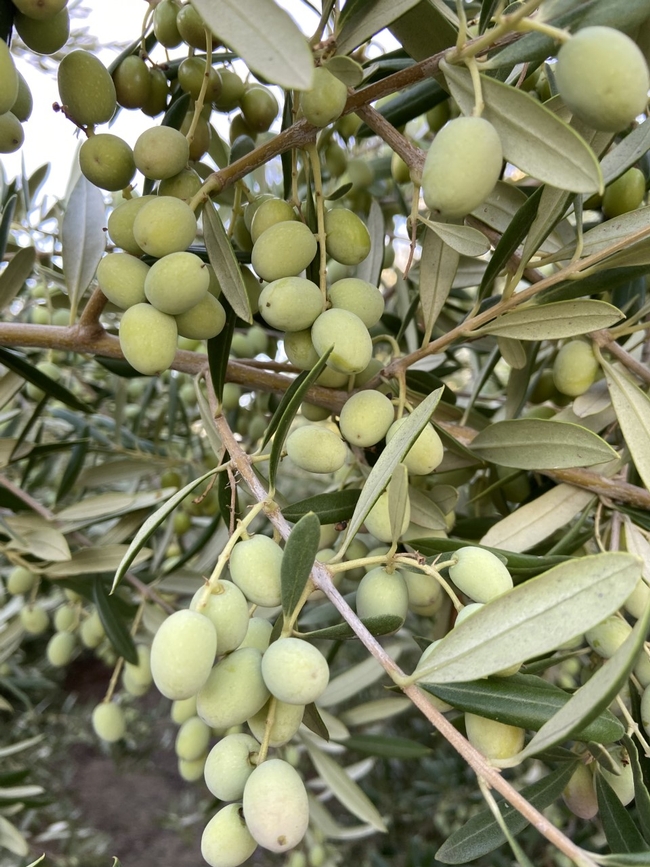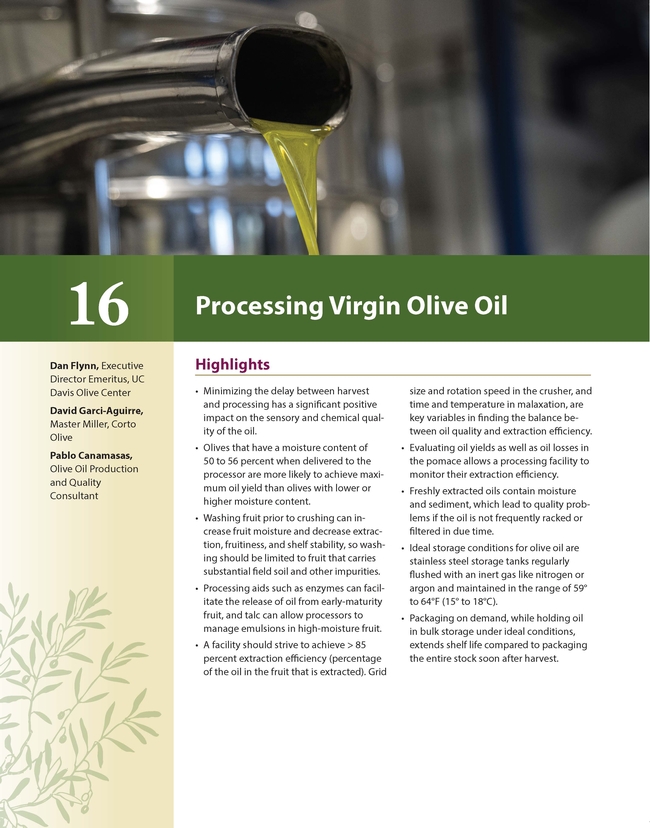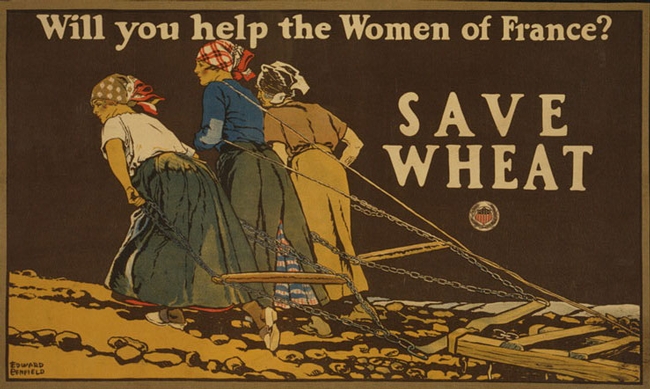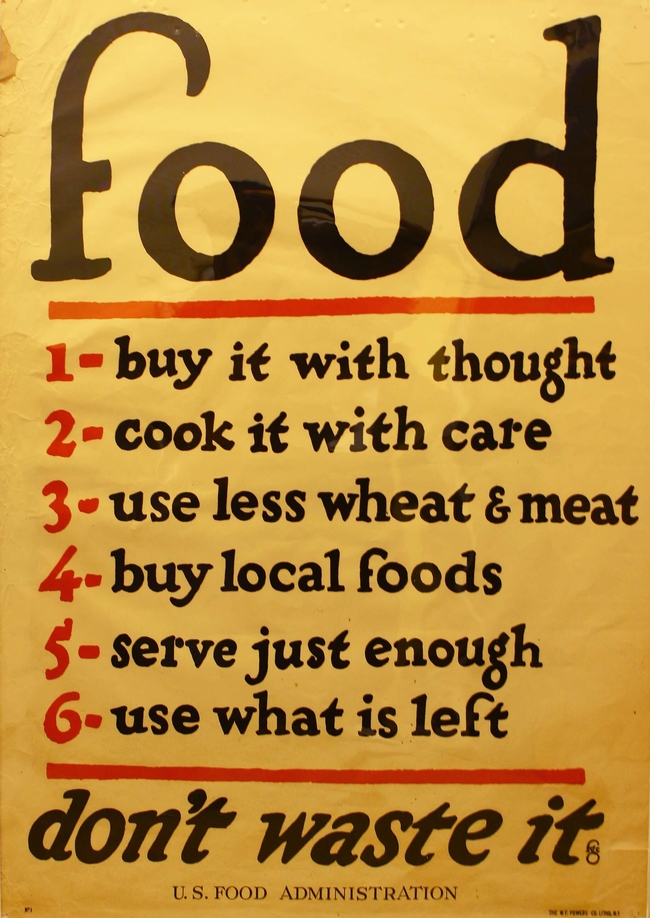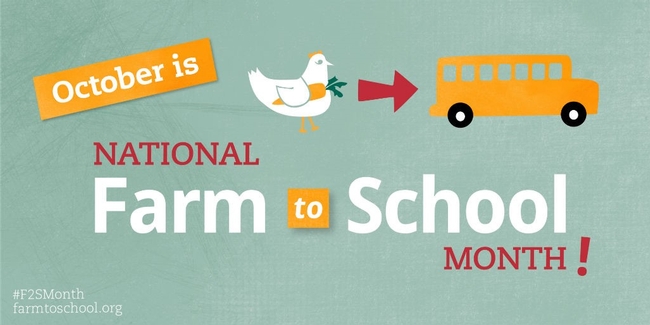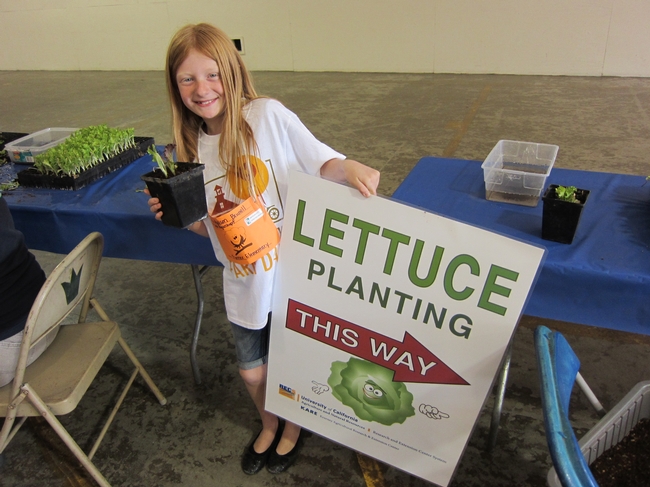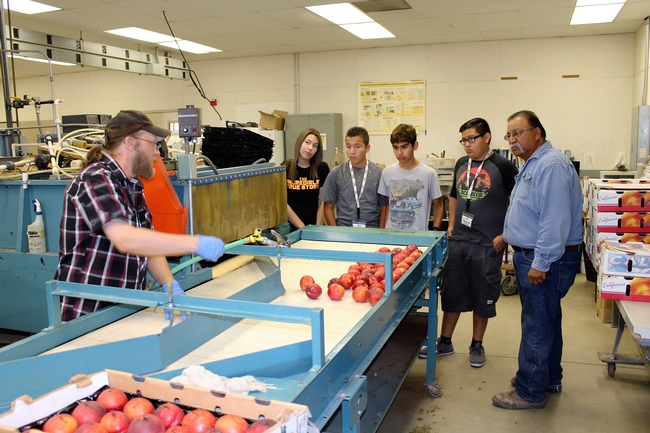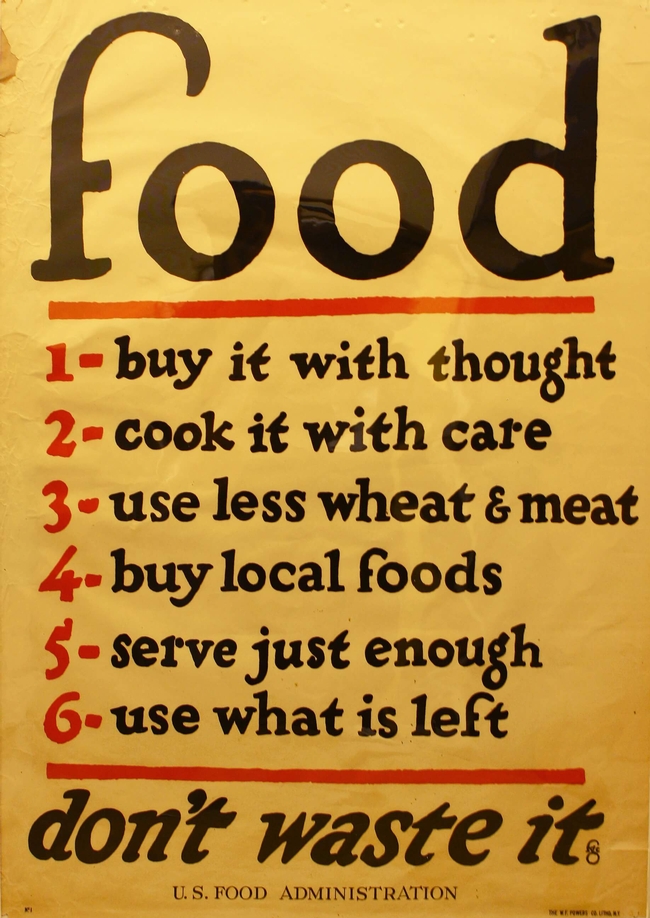Posts Tagged: UC ANR
UC ANR publishes first-ever manual on olive production for oil
Growers, UC Cooperative Extension researchers offer guidance on producing high-quality olives
Facing a deluge of lower-price products from Europe, the California olive oil industry is doubling down on its clear-cut competitive edge: the consistent and bona fide quality of its oil.
“Olive Production Manual for Oil,” a new book published by University of California Agriculture and Natural Resources, aims to help California olive growers maximize that advantage.
“It's a tough market to compete in, but I think the way to win for California is to compete on quality,” said book co-editor Selina Wang, a UC Cooperative Extension specialist in the UC Davis Department of Food Science and Technology. “The quality of California olive oil is unmatched, but you can't make good quality olive oil with bad fruit, so the goal is to get more fruit from the trees – and for the fruits to be high-quality fruit.”
The 273-page manual, available for purchase online, is the first of its kind in the U.S. While some parts of the book are specific to California (which grows nearly all of the olives for domestically produced olive oil), most of the material would be useful to producers in other states, Wang noted.
“Through our conversations with growers, it became clear to us that a manual like this – not a scientific publication but a manual that is easy to follow, written in language that is accessible, and with pictures and illustrations – would be really helpful to the growers,” she said.
Growth of California olive oil industry necessitated creation of manual
Aside from a book focused predominantly on table olives and another on organic olive production (by UCCE farm advisor emeritus Paul Vossen), there was no one-stop, comprehensive resource on the bookshelf for oil olive growers. The need for such a manual had become more acute as oil olives replaced table olives in California orchards during the last 20 years.
Whereas harvesting by hand was historically cost-prohibitive, the introduction of super-high-density planting systems in 1999 made oil olive production more economically feasible. Mechanical pruning and harvesting of new cultivars (Arbequina, Arbosana and Koroneiki) – specifically bred for these densely planted orchards – led to the rapid expansion of oil olives in the state. According to a U.S. Department of Agriculture report, California olive oil production jumped from 2 million pounds in 2006 to an average of 21 million pounds in 2021–23.
With about 37,000 acres of oil olives planted across California, the Olive Oil Commission of California saw the need to support the production of this manual. Championed by Dan Flynn, founder and executive director emeritus of the UC Davis Olive Center, Wang and co-editor Louise Ferguson outlined the contents of the book. They then sought out a mix of growers and industry professionals and UCCE advisors and specialists to write its chapters.
“Most of the information is data-based, from people who are working with the olives,” said Ferguson, a UC Cooperative Extension pomologist at UC Davis. “This is the first data-based olive oil production manual we've had.”
Manual infused with firsthand insights, practical recommendations
Hard-earned experience taught growers a valuable lesson that is conveyed in the book – the need to hand-prune. While mechanical pruning helps control the size of the trees, some hand-pruning is still required to allow light to filter to the leaves. Failing to do so leads to a dramatic decrease in yield.
“That happened in many of the orchards that were inexperienced in these new cultivars and new super-high-density planting systems,” Ferguson said.
She added that other key topics in the manual include irrigation management in a water-constrained state, nitrogen management, harvest timing and orchard site selection. Choosing a good spot for planting is crucial in this era of extreme climate volatility, Ferguson noted, as olive trees are significantly affected by temperature shocks in spring (fruit set) and fall (harvest).
For Wang, another overarching theme in the manual is the importance of testing. Testing the soil, water and leaves provides critical data that growers can use to adjust their inputs and production practices for optimal profitability.
“You may spend a couple hundred dollars on the lab work, but it will pay off, for sure – you're going to increase the health and productivity of your trees,” Wang explained. “Oil olive growers are paid based on the oil content in their fruit; you not only want to have a lot of fruit on the trees, you want to make sure that your fruit are accumulating oil.”
California oil olive growers, practices continue to evolve
Wang and Ferguson hope their book will help California producers compete more effectively in the global marketplace. Currently, about 90% of the olive oil consumed in the U.S. is imported from Mediterranean countries, due primarily to the lower price point. In that region, producers tend to harvest riper olives that produce oil at a greater volume but lesser quality.
In contrast, California growers harvest earlier and produce oil that is higher quality (with more flavor and more antioxidants) and far exceeds accepted standards for “extra virgin olive oil.”
According to Wang, California olive oil mills have nearly maximized their efficiency, and the growth opportunity for the industry is in the orchards: to optimize practices to produce more fruit, and to plant more trees. Wang said the new manual can help on both fronts.
“Just like for other crops, focusing on quality – while increasing efficiency and productivity, and therefore profitability – is the name of the game,” she said.
Ferguson also stressed that knowledge continues to evolve and urged growers to reach out to the editors and chapter authors with their experiences.
“Most of the authors are in California and they're working,” she said. “So if you start to notice things that are different, or you want more information or something is not clear, the authors are available.”
The manual can be purchased at https://anrcatalog.ucanr.edu/Details.aspx?itemNo=3559.
Food waste is an ethical and environmental issue
Summer brings an abundance of luscious and healthy fruits and vegetables. It's easy to buy more than we can eat, which sometimes results in #foodwaste.
In a guest blog post for the UC Food Observer, UC researcher Wendi Gosliner (part of the team at UC ANR's Nutrition Policy Institute, a cutting-edge unit that's using research to transform public policy) shared this observation:
“Food waste presents a major challenge in the United States. Estimates suggest that up to 40% of the food produced nationally never gets consumed, causing substantial economic and environmental harms. Wasted food utilizes vast quantities of precious land, water and human resources, yet rather than nourishing people, it feeds landfills, producing methane gasses that poison the environment. Much of the food waste (43%) occurs at the household level."
What history can teach us
Here's my take on food waste. It goes back in part to lessons I've learned from studying World War I (WWI), when the American government set food conservation goals (along with goals for local food production via Liberty – later Victory – Gardens). I'm a big proponent of both reducing food waste and producing more food in communities via school, home and community gardens. Big point: the World War I poster included in this post has advice we'd be well served to heed today.
It's an iconic poster from World War 1. Food…don't waste it. The image is regularly shared on Twitter and Facebook.
Period piece or photoshopped image?
The original was produced in 1919 by the United States Food Administration, under the direction of the newly appointed food “czar” – Herbert Hoover.
The poster was reissued during World War II. It's been revised in recent years by individuals and organizations interested in encouraging an ethos incorporating local foods and sustainability.
While I'm the UC Food Observer, I also dabble in the history of wartime poster art. I'm often asked if this is a contemporary mock-up made to look and feel vintage.
It's not a mock-up. It's the real deal, produced 95 years ago, with messages we should embrace today.
The original poster: Yes: ‘buy local foods' is rule 4
The original poster has six rules that we'd be well served to follow today. The fourth rule – buy local foods – is somewhat of a surprise to people today, because the notion of buying local seems somewhat modern. But in WWI, the U.S. government encouraged the local production and consumption of food, in part, to free trains to more effectively ship troops and war matériel.
Tackling food waste through preservation: today's Master Food Preserver Program
Many land grant institutions, including the University of California, host master food preserver programs. These programs teach best practices on food safety and preservation to volunteers. The extensive training program prepares the volunteers to work in their community educating others on the safe practices of food preservation, including pickling, drying, freezing, canning and fruit preserves.
Thinking about gardening? Do we have resources for you!
The University of California sponsors the state's Master Gardener Program, which fields more than 5,000 volunteers in communities across the state. The Master Gardener Program is a national program, housed at the land grant institution in each state, but it's also connected to the USDA. Free gardening resources are available here. Advice to grow by…just ask.
Takeaway message?
Food waste is both an ethical and environmental issue. It should concern us that we waste nearly 40% of the food we produce and purchase in this food-abundant nation.
For an interesting comparative statistic, consider this: our nation produced about 40% of the fruits and vegetables we consumed on the American home front in World War II in school, home, community and workplace gardens. That was the result of the iconic Victory Garden program (which actually got its start in WW1).
Three messages then: participate in the national effort, commit to wasting less food, and if you can, produce some food of your own.
Notes: There are many additional resources about #foodwaste.
Connect: ReFED, a collaboration of nonprofit, government, business and foundation leaders, released a report in 2016 that identifies a number of potential solutions to the food waste challenge.
Read: Dana Gunders of the National Resource Defense Council authored a 2012 report called Wasted that sparked much of this work. Dana also authored a book called Waste Free Kitchen Handbook: A Guide to Eating Well and Saving Money by Wasting Less Food, both of which are great reads.
Read this piece about the relationships between food, farming and the environment (including food waste).
Eating what's on your plate is one of the best ways to tackle climate change. View this episode of Climate Lab, a six-part series produced by the University of California in partnership with Vox.
October is National Farm-to-School Month
Schools across the country are celebrating local connections to local food producers in October during National Farm to School Month. Education and outreach activities such as school gardens, cooking lessons and field trips are teaching students about healthy, local foods and food's journey from the farm to their forks.
There are plenty of opportunities for teachers and schools to celebrate and get involved in National Farm to School Month with the University of California Division of Agriculture and Natural Resources (UC ANR). Here are a few ideas to get you started.
4-H youth development
Launch a 4-H Club at your school. The 4-H Youth Development Program emphasizes enrichment education through inquiry-based learning. Core content areas include Healthy Living as well as Science, Technology, Engineering and Math (STEM). Clubs have access to a wealth of curricula materials exploring food, agriculture and natural resources. 4-H also offers the Ag in the Classroom school enrichment program.
Boots on the ground
Invite UC ANR academics and program staff to your career day or science fair or to make a classroom presentation. Specialists from Master Gardeners, Nutrition Education, Project Learning Tree, California Naturalist and other UC ANR programs know how to engage and inspire your students.
Some programs, including Project Learning Tree, offer "train the trainer" professional development workshops that equip educators with the skills and knowledge to teach concepts in their own classrooms. Project Learning Tree also provides free activity guides to teachers who attend their workshops. The guides highlight differentiated instruction, reading connections, and assessment strategies and offer ideas to integrate technology into classroom instruction,
Research and Extension Centers
Take your students on a field trip to a UC ANR Research and Extension Center (REC). The nine RECs in California are focal points for community participation and for active involvement in current and relevant regional agricultural and natural resource challenges.
Visiting a REC offers students a unique opportunity to learn about food production through the lens of applied science research in plant pathology, integrated pest management, conservation tillage, water conservation, development of new crop varieties, and much more. Some RECs also host extended education programs such as Sustainable You! Summer Camp and FARM SMART.
The 2016 National Farm to School Month theme is One Small Step, which highlights the easy ways anyone can get informed, get involved and take action to advance farm to school in their own communities and across the country.
Each week will have a different focus:
- Education (October 3-7)
- Healthy School Meals (October 10-14)
- Farmers & Producers (October 17-21)
- The Next Generation (October 24-28)
Join the celebrations by signing the One Small Step pledge then take your own small step to support healthy kids, thriving farms and vibrant communities this October by partnering with UC ANR.
This story en español.
It's time to get serious about food waste
Here's my take on food waste. It goes back in part to lessons I've learned from studying World War I, when the American government set food conservation goals (along with goals for local food production via Liberty - later Victory - Gardens). I'm a big proponent of both reducing food waste and producing more food in communities via school, home and community gardens. Big point: the World War I poster included in this post has advice we'd be well served to heed today.
"Food waste is both an ethical and environmental issue. It should concern us that we waste nearly 40 percent of the food we produce and purchase in this food-abundant nation.
For an interesting comparative statistic, consider this: our nation produced nearly 40 percent of the fruits and vegetables we consumed on the American home front during World War II in school, home, community and workplace gardens."
Period piece or photoshopped image?
It's an iconic poster from World War 1. Food...don't waste it. The image is regularly shared on Twitter and Facebook.
The original was produced in 1919 by the United States Food Administration, under the direction of the newly appointed food "czar" - Herbert Hoover.
The poster was reissued during World War II. It's been revised in recent years, by individuals and organizations interested in encouraging an ethos incorporating local foods and sustainability.
While I'm the UC Food Observer, I also dabble in the history of wartime poster art. I'm often asked if this is a contemporary mock-up made to look and feel vintage.
It's not a mock-up. It's the real deal, produced 95 years ago, with messages we should embrace today.
History of poster art
The First World War marked the first large-scale use of propaganda posters by governments. Posters, with easy-to-understand slogans and compelling images, made powerful propaganda tools. The government needed to shape public opinion, recruit soldiers, raise funds and conserve resources and mobilize citizens to important home front activities ... including gardening, food conservation and food preservation. In an era before television and widespread radio and movies, posters were a form of mass media. And they appeared in windows and were posted on walls everywhere, in as many languages as were spoken in this nation of immigrants.
If you want to dig a little deeper, the poster art of WWI was influenced by the La Belle Epoque - the beautiful era - named in retrospect, after the full horror of WWI had been revealed. The Art Nouveau movement in France and the rise of modern advertising were also important in shaping how posters were used during wartime. Technical improvements in printing, including a process called chromolithography, facilitated mass production of posters.
The original poster: Yes: 'buy local foods' is rule 4
The original poster has six rules that we'd be well served to follow today. The fourth rule - buy local foods - is somewhat of a surprise to people today, because the notion of buying local seems somewhat modern. But in WWI, the U.S. government encouraged the local production and consumption of food, in part, to free trains to more effectively ship troops and war materiel.
Tackling food waste through preservation: today's Master Food Preserver Program
UC Agriculture and Natural Resources (UC ANR) hosts a UC Master Food Preserver Program. The program teaches best practices on food safety and preservation to volunteers. The extensive training program prepares the volunteers to work in their community educating others on the safe practices of food preservation, including pickling, drying, freezing, canning and fruit preserves.
Thinking about gardening? Do we have resources for you!
UC ANR also has the UC Master Gardener Program, which fields more than 5,000 volunteers in communities across the state. The Master Gardener Program is a national program, housed at the land grant institution in each state, but it's also connected to the USDA. Free gardening resources are available here. Advice to grow by...just ask.
This is an excerpt of an article from a post on the UC Food Observer blog, used with permission.
Helping winemakers sustainably produce premium wine
Ten large, shiny tanks stand near the Robert Mondavi Institute for Wine and Food Science at UC Davis, holding more than a year of rainwater and the key to processing food and drink during a drought. The water tanks, and the teaching-and-research winery they support, are showing students and winemakers throughout the world how to reduce processing costs, improve wine quality, and protect the planet's dwindling natural resources.
“It's about self-sufficiency,” says Roger Boulton, UC Davis professor of enology and chemical engineering. “We're demonstrating how you can operate a winery, brewery, or any food processing plant with the water that falls and the sun that shines on your roof.”
The work is the latest in more than a century of trail-blazing viticulture and enology science at UC Davis. UC Davis researchers are working with Cooperative Extension specialists and farm advisors with UC Agriculture and Natural Resources to help winemakers and grape growers sustainably produce premium wine.
Water is critical to winemakers in drought-stricken California and beyond. Grapes aren't a very thirsty crop to grow, but keeping fermentors clean is another story.
A typical winery uses four to six gallons of water after the grapes are harvested to produce one gallon of wine, and most of that water is used to wash equipment. Boulton and David Block, chair of the UC Davis Department of Viticulture and Enology, are developing self-cleaning fermentors capable of recycling 90 percent of that water. The goal: affordable technology and alternative practices that use less than one gallon of water to produce one gallon of wine.
Winemakers currently remove sticky, fermented, grape residue from tanks with water and elbow grease. Clean-in-place technology replaces hand-cleaning with an automated system that sprays tanks with diluted solutions of potassium hydroxide and potassium bisulfate.
“The dairy industry has used clean-in-place technology since the 1960s and the pharmaceutical industry since the 1990s,” says Block, a chemical engineer and enologist who helped the pharmaceutical industry manage clean-in-place technology before coming to UC Davis in 2008. “It's a little different with dairy and pharmaceuticals, where poor sanitation can kill you, but the concept is similar.”
So the water tanks near the Robert Mondavi Institute have two functions, to store water captured during the wet season to use during the dry season when it's needed most, and to filter and purify the water as it's used and reused to clean fermentors.
“We will filter and reuse that water at least five times, hopefully one day up to 10 times,” Boulton says. “It's not waste water. It has no phosphates, no nitrates, and no chlorine. Clean-in-place technology represents a huge potential for water and labor savings.”
Industry is starting to notice.
“Clean-in-place technology is very attractive to us,” says Ashley Heisey, director of winemaking at Long Meadow Ranch in Rutherford and a UC Davis viticulture and enology graduate. “Water is such a critical issue. Long Meadow Ranch owners Ted, Chris, and Laddie Hall built our facilities with great concern for the environment, and thanks to UC Davis, we can take it one step further.”
In Sacramento, grocer Darrell Corti from Corti Brothers Market says where UC Davis leads, winemakers will eventually follow.
“What we know about grape-growing and winemaking is primarily due to the work they do at UC Davis,” Corti says.
A longer version of this story is in the magazine Edible Sacramento.

